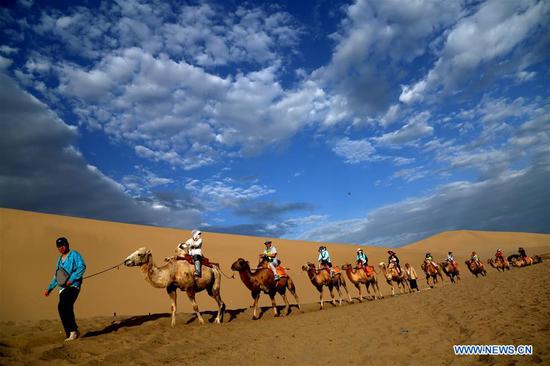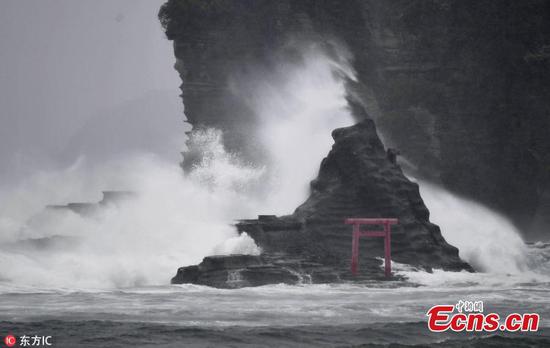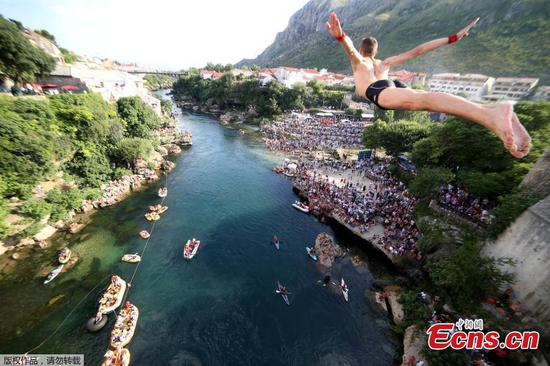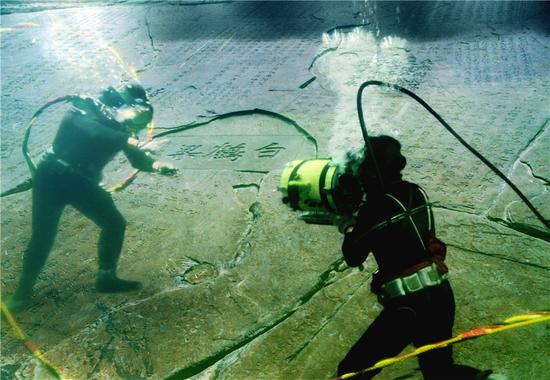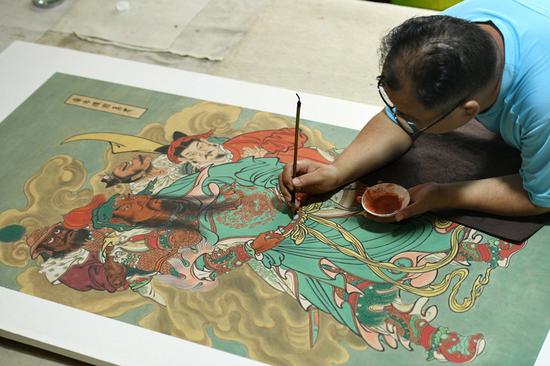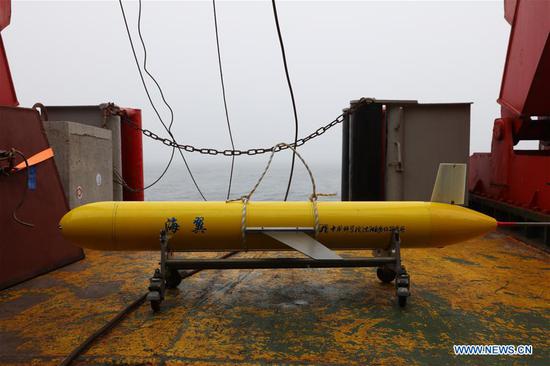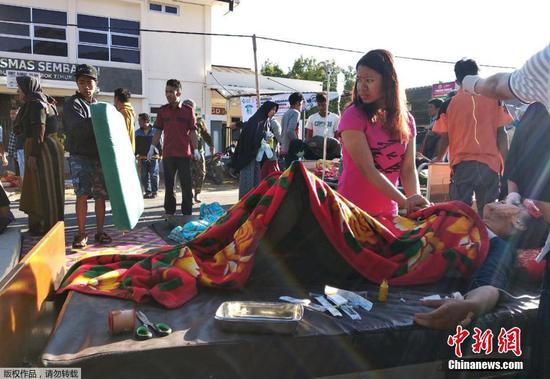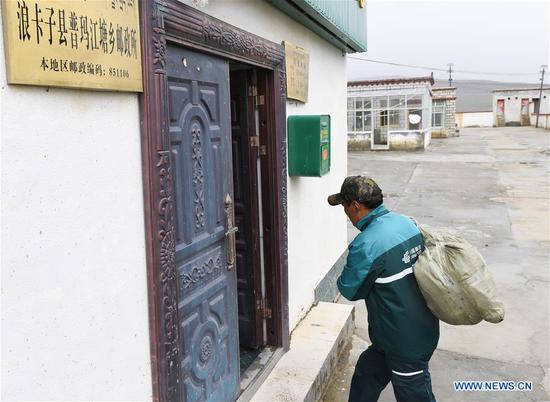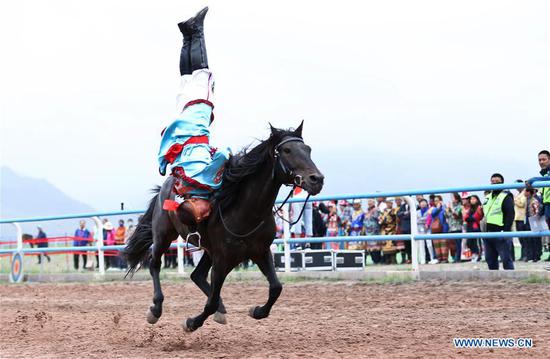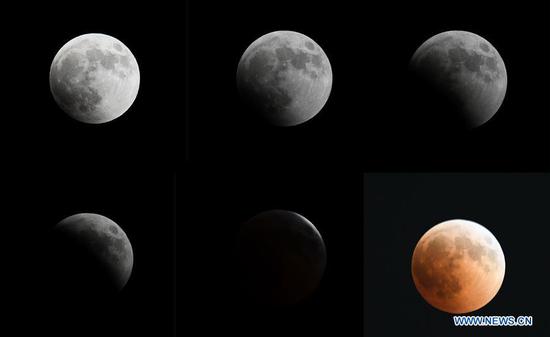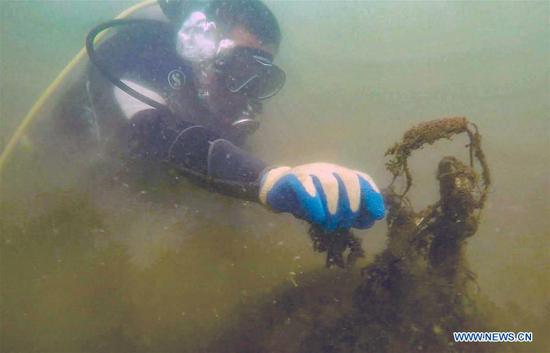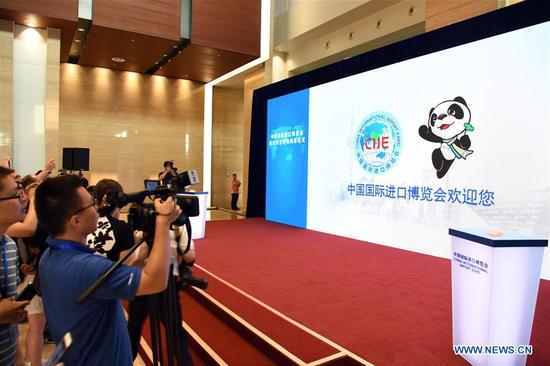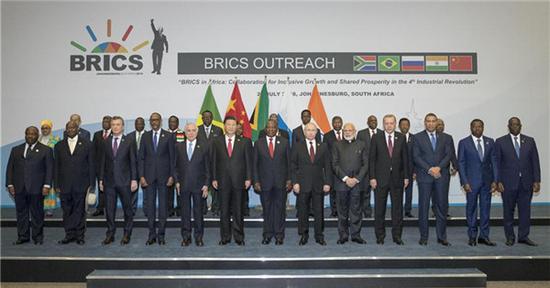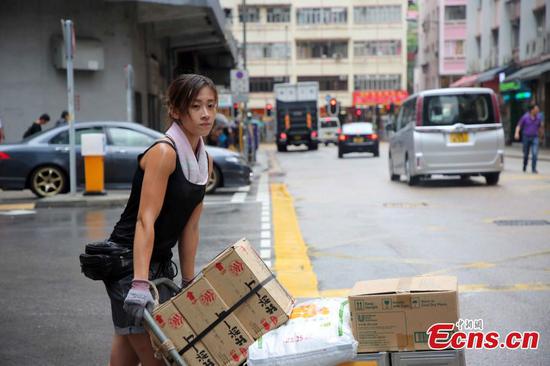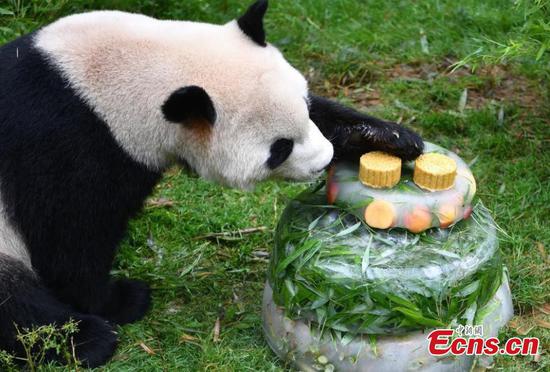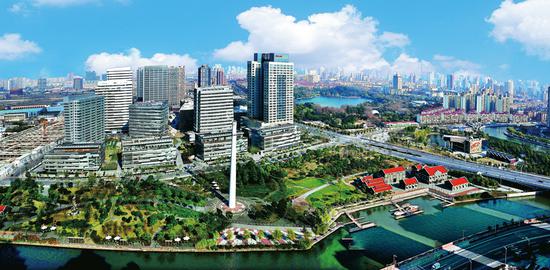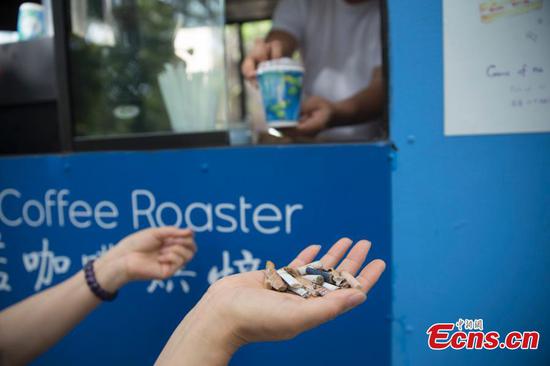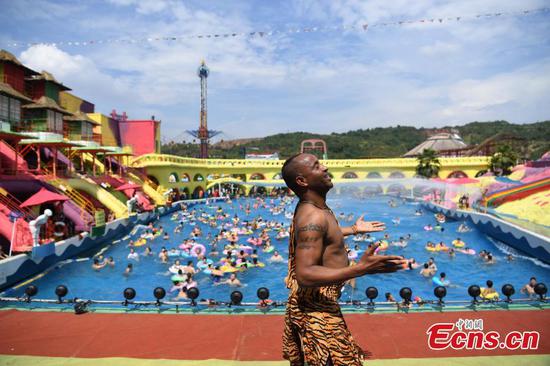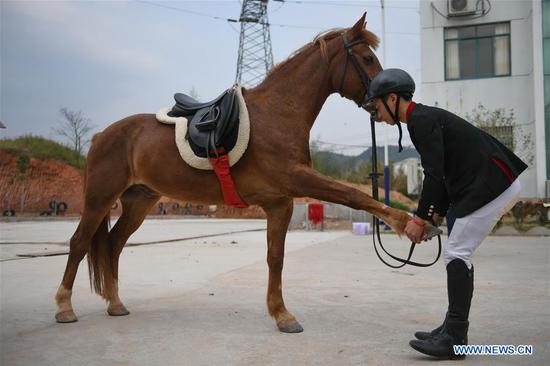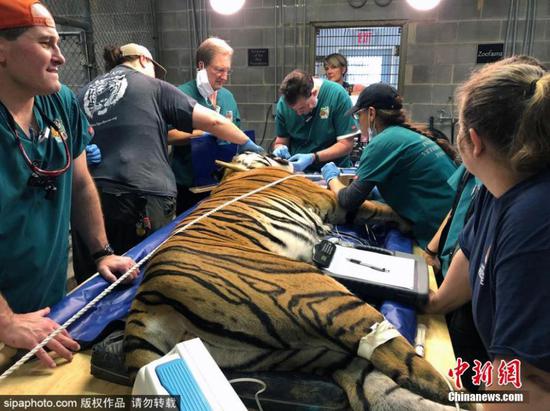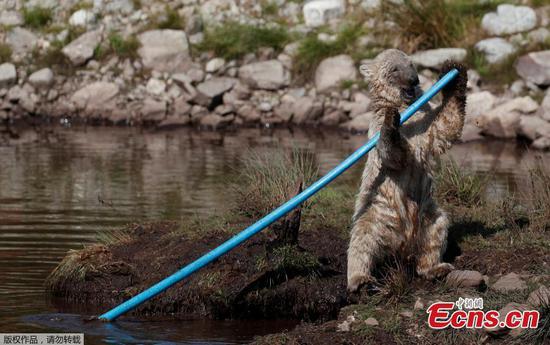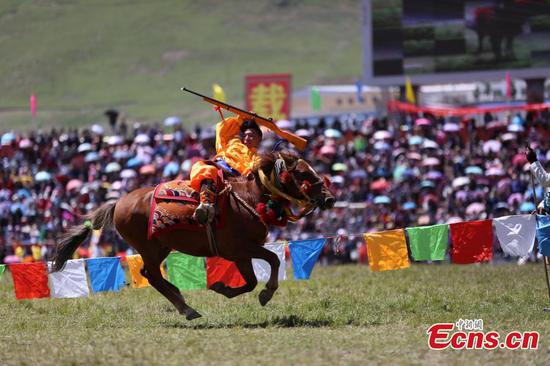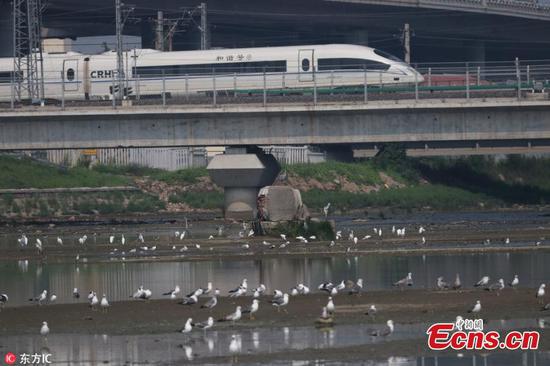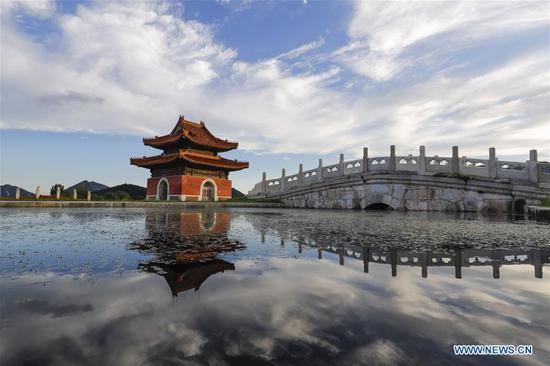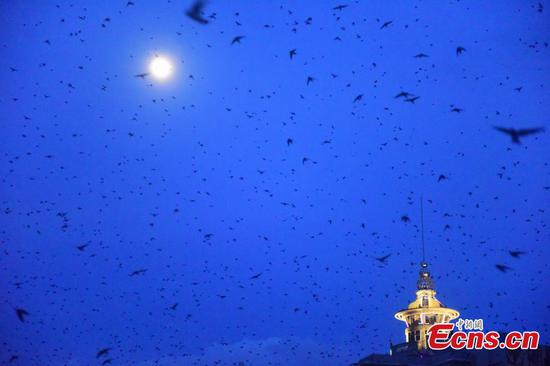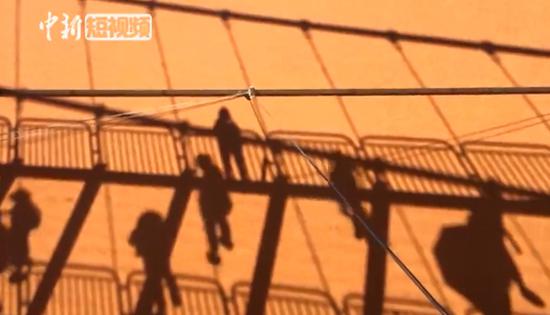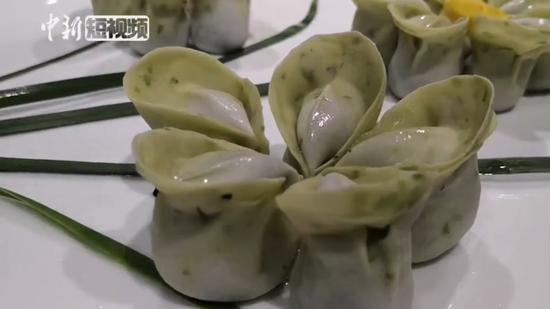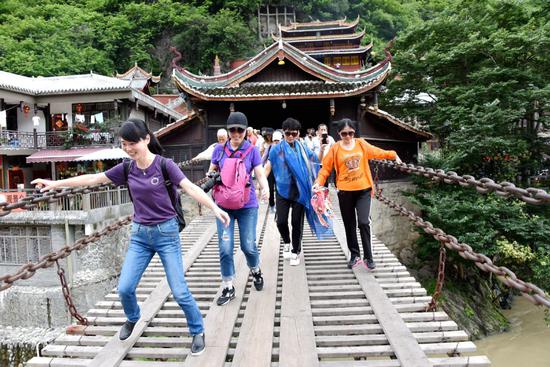
Tourists negotiate the Luding Bridge across the Dadu River in Southwest China's Sichuan Province. Associated with the Long March, the site is popular on the red tourism circuit. (Photo by Wang Huabin/For China Daily)
Young Chinese people are showing a growing interest in "red tourism", travel industry insiders said.
Red tourism refers to trips to places known for their association with the evolution of the Communist Party of China or CPC, and related aspects like history, culture, heritage.
Such trips are designed to sensitize younger generations to China's modern history, and to inspire them to pursue excellence, so that their expected achievements in their respective fields would contribute to China's progress, in line with the economic development trend of the last few decades.
Red tourism is also inspiring travel firms to develop innovative services, experts said.
Data from online travel agency Ctrip showed that 39 percent of travelers who opted for red tours from January to May were aged 19 to 38. Those aged 39 to 58, the group that traditionally constituted the majority among red tourists, accounted for 32 percent of the total in the same period.
The number of red tourists born after 2000 this January-May period has increased by 60 percent year-on-year, bringing down the average age of red tourists from 32 in 2015 to 28 this year, Ctrip said.
According to Chinese travel website Mafengwo, most of the top 10 destinations during this year's summer vacation (July to August) are third- and fourth-tier cities where significant CPC events had taken place in the past, or the hometowns of important persons in Chinese modern history.
These places include Jiaxing in East China's Zhejiang province, where the birth of the CPC was announced from a red boat on the local South Lake in 1921; and Xiangtan in Central China's Hunan province, the hometown of Chairman Mao.
Yao Weichan, 32, a government official in Hunan province, said she visited Chongqing on her own in 2013 and her first local destination was Zhazi Cave, where CPC members were tortured and killed while being held as prisoners by Kuomintang back in the 1940s.
"I want to visit that place on my feet to experience and feel history," she said, adding the attraction was full of tourists, which showed today's generation believes in paying tribute to the people who laid down their lives for a worthy cause.
This year, she and her colleagues also visited the site in Shanghai where the first CPC National Congress was held, saying she was "quite impressed by the faith of CPC members at that time".
Tourists made around 1.15 billion trips to red tourism sites in 2016, up almost 12 percent from 2015. Tourism-related income from these sites grew 17.2 percent to reach about 306.1 billion yuan ($45.74 billion) in 2016, according to Tuniu, another major online travel agency.
Xing Xiaoliang, an analyst with market consultancy Analysys, said red tourism is an important category for China's tourism industry. Red tourism has great growth potential, he said.
He also said schools invite students and companies their employees to go on red tours, to expand their knowledge about Chinese history.
Besides, since many of these spots are scenic and located in poor and little-known regions, the growing flow of tourists will help boost regional economic growth, he said.
The National Development and Reform Commission also encourages cities to improve construction of infrastructural facilities and preservation of historical relics, to attract more people and improve satisfaction of visitors, according to a plan for boosting red tourism released in November last year.
Feng Rao, who leads tourism research of Mafengwo, said many attractions have been developed using innovative travel products, so as to improve visitor experience, which helps red tourism to gain popularity among young people.
At a red tourism attraction of Pocun village in Lingshui Li autonomous county, Hainan province, tourists get to wear the uniform of the Chinese Red Army, wait in line to get their "quota" of rice, vegetables and meat, after handing in their "food coupons".
Retro style post offices, canteens and bicycles recreate scenes from the past. To make red tourism more fun, the city of Shanghai has designed games for travelers, who would have to solve puzzles in poems or voice recordings, and find clues in different local red tourism sites, in order to complete the task of "rescuing CPC members in prison", according to a report on The Paper.
"Red tourism-themed products generally sell well on online travel websites. And we are glad to see they are no longer monotonous exhibition of old desks, chairs or photos," Li Qiuyan, brand development manager of travel service website Lvmama, said in an online report.









